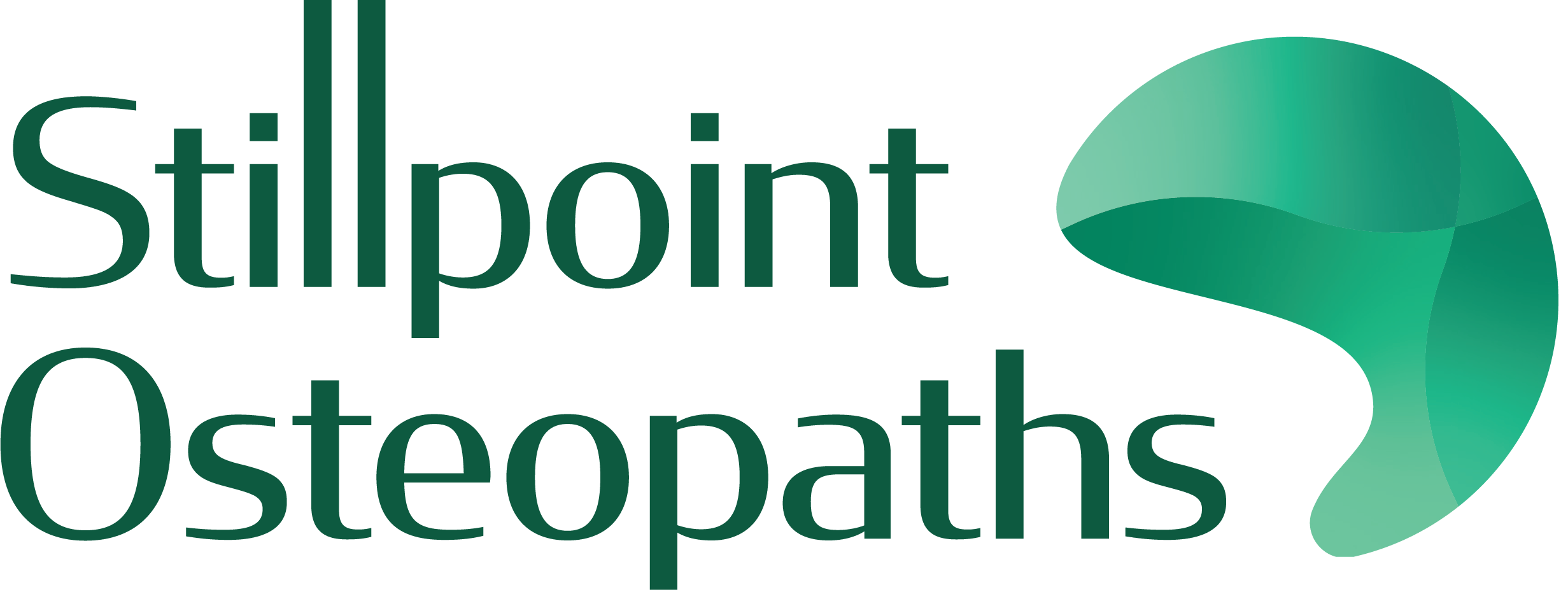Gastrointestinal Function:
Nowadays we are becoming more aware of our gut function and how important it is on many levels for our health. So guess what, some headache sufferers also have gastrointestinal issues.
Research has shown that there is a higher prevalence of headaches in those with gastrointestinal reflux, constipation and diarrhea.
Studies are starting to find some links between inflammation of the gastrointestinal system and headache pain. Our gastrointestinal microbiome balance ie. the balance of the different bacteria in this system has some relationship to headaches for some people.
So don’t be surprised if your osteopath also ask you some fairly intimate questions about your number 2s, your digestion and your diet if relevant.
Jaw Problems:
You have two temporomandibular joints; one on each side of your face. Problems in the movement of these joints can for some people be associated with headaches.
There could be a history of jaw fracture, teeth issues or dental work that have changed your bite. Face trauma at times can also affect these joints as well as clenching and grinding.
Your osteopath will discuss your dental history and other factors that might be related to the clenching and grinding of teeth. If needed they will refer you back to your dentist for an assessment.
Headaches Can Be Caused by Medications:
Birth control, heart medications and even some pain relief medications can in some individuals, cause headaches. Your osteopath when taking your history, will ask about your medications. Once assessing both your history and examination your osteopath may advise you to chat to your GP about this as a possibility.
Remember don’t ever stop your medications without discussing it with your prescribing health practitioner, and figuring out with them the appropriate next step.
Electromagnetic Hypersensitivity:
Electromagnetic hypersensitivity is characterised by a set of non-specific symptoms which affected individuals attribute to exposure to electromagnetic fields.
The symptoms can vary and range from a combination of skin symptoms such as redness, tingling, burning. Neurasthenic symptoms which refer to exhaustion, fatigue, concentration difficulties, nausea or dizziness, sleep disturbances and headaches. This is just to name a few.
Electromagnetic hypersensitivity is not a syndrome or a recognised medical condition, it has no clear diagnostic criteria. Nonetheless, the symptoms are real and for some individuals it is mild and for others severe and debilitating.
The World Health Organisation (WHO) has established an International EMF project to identify research needs and coordinate a worldwide program of EMF studies to help understand the condition.
Headache Classifications:
There are over 300 different types of headaches and when you start researching the topic you realise how big it is and at times complex. Headaches can be primary or secondary.
Primary meaning there is not an underlying cause for the headaches and secondary is where there is a cause. Examples of primary headaches are migraines, tension headaches, cluster headaches and secondary headaches might be due to infections, trauma or vascular disease.
Research papers used in this post;
1. Co-morbidity of headaches and Gastrointestinal Complaints. The Head-Hunt Study
Aamodt AH, Stovner LJ, Hagen K, Zwart JA
Cephalgia. 2008 Feb;28(2):144-151
2 The Microbiata Gut-Brain-Axis
Cryan J.F, O’Riordan KJ. Physiol Rev. 2019 Oct; 99(4): 1877-2013
3. Migraine Associated with Gastrointestinal Disorders; Review of the Literature and Clinical Implications:
Saskiavan Herment, Armec Breedveld, Jorgen M.P, et al; Front Neurol.2014;(5): 241
4, WHO International Seminar and Working Group meeting on EMF Hypersensitivity 25-27 October 2004 Prague.
